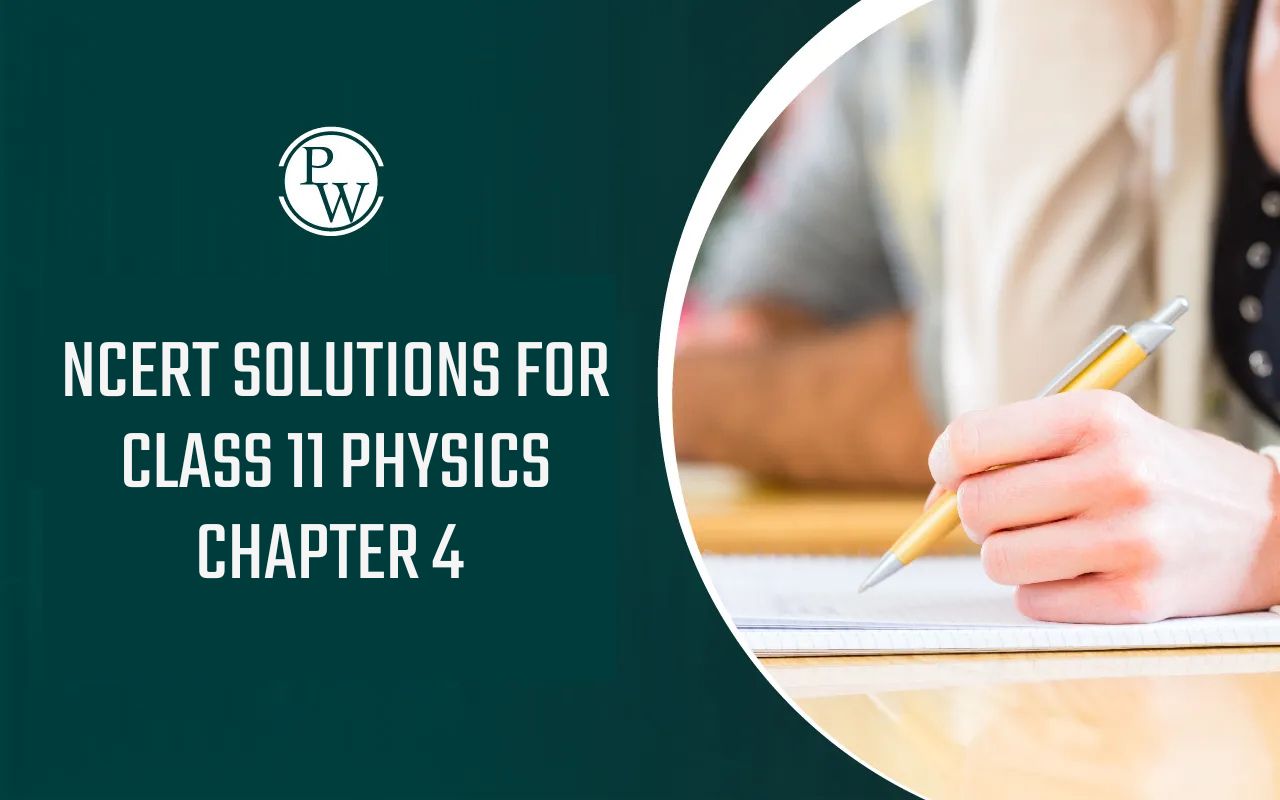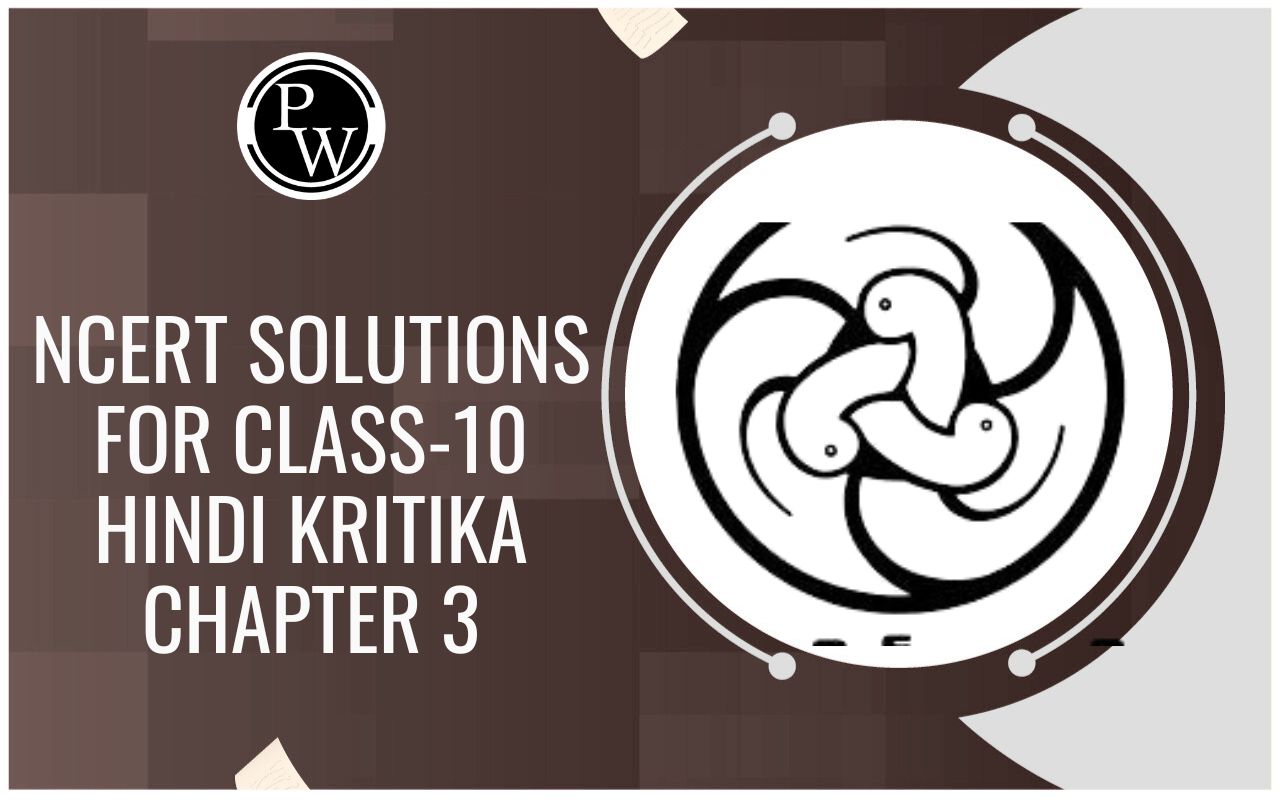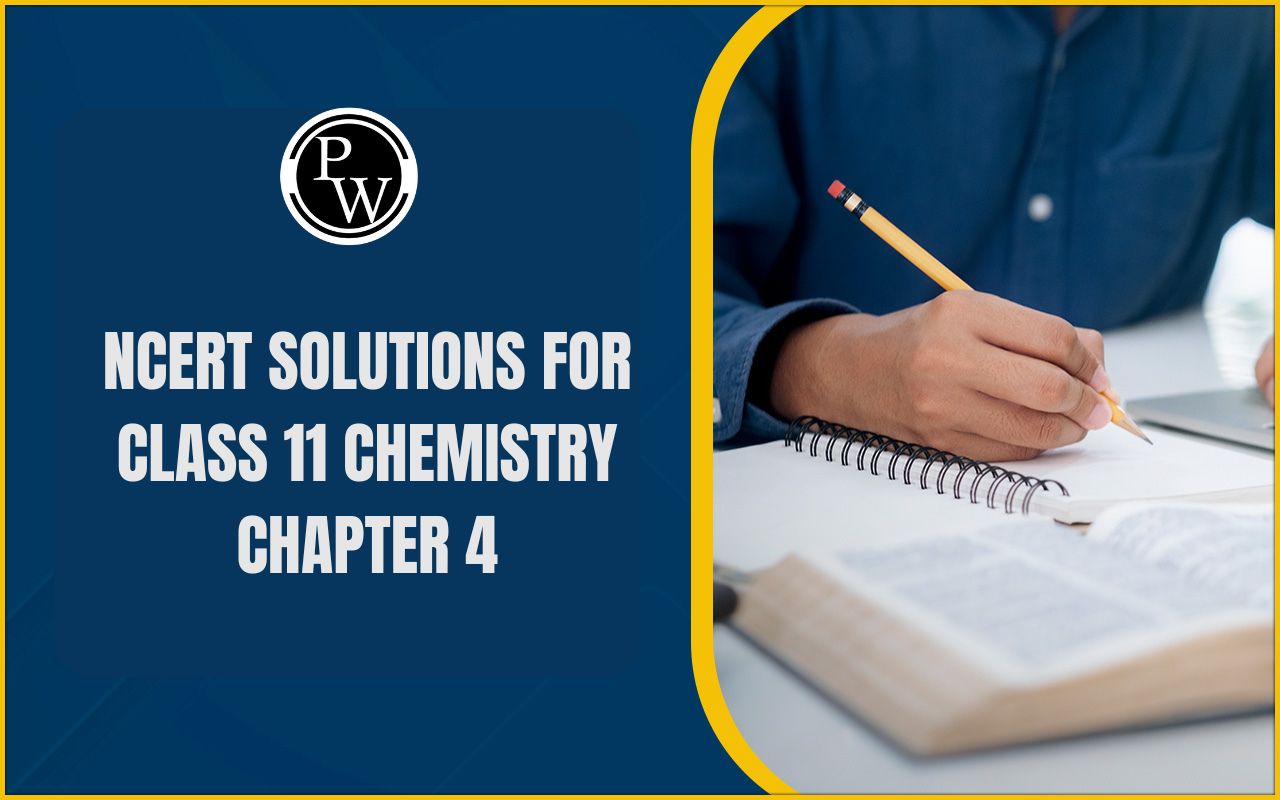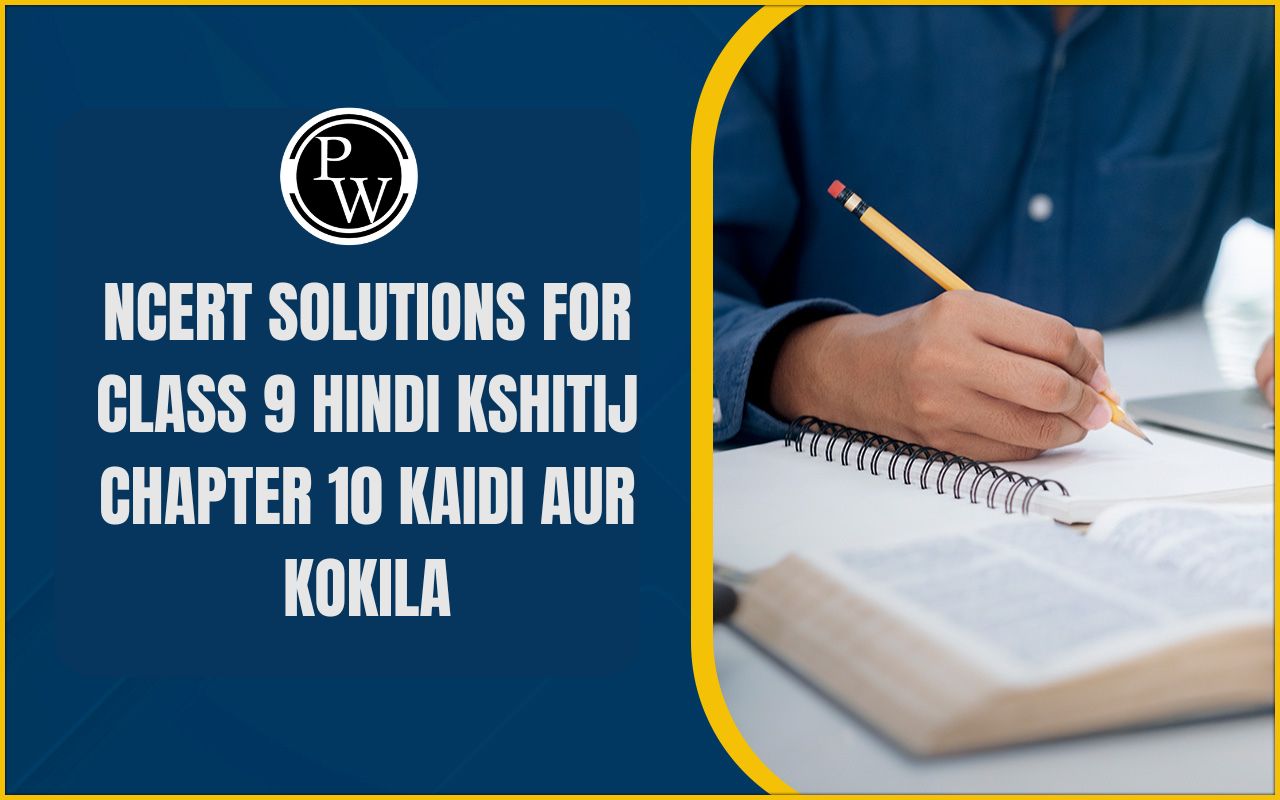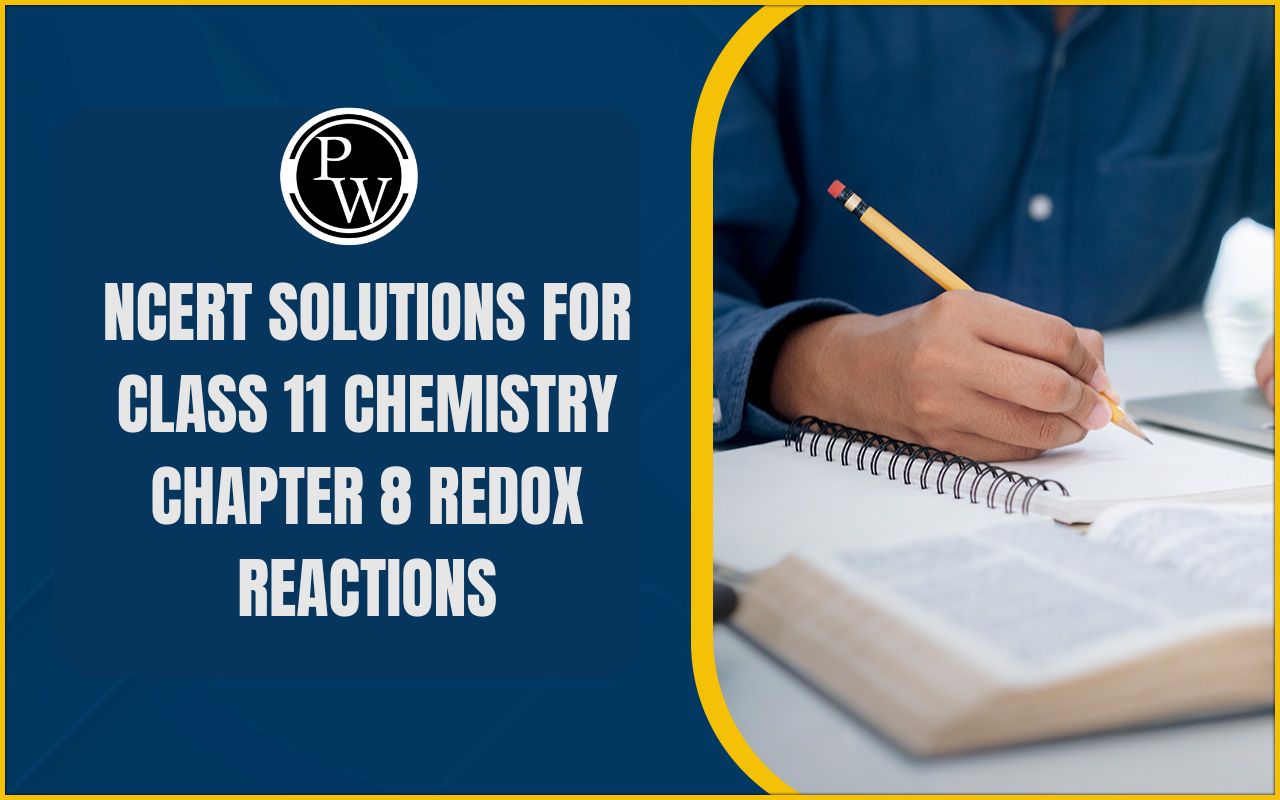
Water Resources
Land, Soil, Water, Natural Vegetation and Wildlife Resources of Class 8
UTILIZATION OF WATER
- Water is essential for all forms of life. Water is a major body constituent of several plant and animal species. 70% of the Human body consists of water. Human uses water for domestic purposes, agriculture, industries and generation of electricity.
- Increasing population, rising demands for food and cash crops, increasing urbanisation and rising standards of living are the major factors leading to shortages in supply of fresh water either due to drying up of water sources or water pollution. In 1975, the consumption of water for human use was 3850 cu km/year. It soared to more than 6000 cu km/year in the year 2000.
DISTRIBUTION OF WATER
- Water is a vital renewable natural resource.
- Three-fourth's of the earth's surface is covered with water. It is therefore appropriately called the `water planet'.
- The oceans cover two-thirds of the earth's surface and support a rich variety of plant and animal life. The ocean water is however saline and not fit for human consumption.
- Fresh water accounts for only about 2.7 per cent, Nearly 70 per cent of this occurs as ice sheets and glaciers in Antarctica, Greenland and mountain regions. Due to their location they are inaccessible.
- Only 1 percent of freshwater is available and fit for human use. It is found as ground water, as surface water in rivers and lakes and as water vapour in the atmosphere. Fresh water is therefore, the most precious substance on earth.
- Total volume of water remains constant. Its abundance only seems to vary because it is in constant motion, cycling through the oceans, the air, the land and back again, through the processes of evaporation, precipitation and run-off. This is known as 'water cycle'.
PROBLEMS OF FRESH WATER
- There is scarcity of water in many regions of the world. Most of Africa, West Asia, South Asia, parts of western USA, north-west Mexico, parts of South America and entire Australia are facing shortages in fresh water supply.
- The region between equator and 20° north and south, and north and south of 40° latitude are the areas of surplus precipitation.
- In both hemispheres between 20° and 40° latitudes evaporation exceeds precipitation. Hence this has created deserts e.g. the Sahara, the Arabian, and the Gobi desert in Northern Hemisphere and the Atacama, the Namibia-Kalahari and the Western Australian desert in southern Hemisphere.
- The surface water runoff from a large area gets collected in the form of small streams, which unite together to make big rivers.
- In 1999, 26 countries were experiencing water scarcity; by 2025, it is likely that 65 countries including India, Korea. Nigeria. Peru and Poland will face acute water scarcity.
- Poor countries are located in the climatic zones most prone to drought and they cannot afford to import water.
- The drier areas are Australia, Africa, parts of South America, West and South Asia, Western U.S. and North-West Mexico.
- More than 3 billion people are affected by water shortages.
PROBLEMS OF WATER QUALITY
- Untreated or partially treated sewage, agricul'iural, chemicals and industrial effluents contaminate water with nitrates, metals and pesticides.
- Human and animal wastes introduce pathogens that cause serious diseases.
- The diseases spread by contaminated water are typhoid, cholera, amoebic infections, dysentery and diarrhea.
- Child mortality rate has also increased due to pollution.
CONSERVATION OF WATER
The important methods of conserving water are
- Surface runoff can be slowed down by forest and other vegetation cover to improve underground storage.
- Rainwater harvesting - It is another method of conserving water. Rainwater can be collected in storage tanks. Rainwater harvesting is the process of collecting rain water from roof tops and directing it to an appropriate location and storing if for future use. On an average, one spell of rain for two hours is enough to save 8,000 liters of water.
- Efficient Irrigation -Over irrigation should be avoided. Seepage losses from canals can be minimized by lining them.
- Use of Sprinklers-They is very effective and efficient tools of irrigation. In dry regions, drip or trickle irrigation is very useful.
- Use of recycled water- Industrial water and domestic water can be recycled and used again. Wastewater of kitchen may be used for gardens.
- Using water economically and preventing wastage.
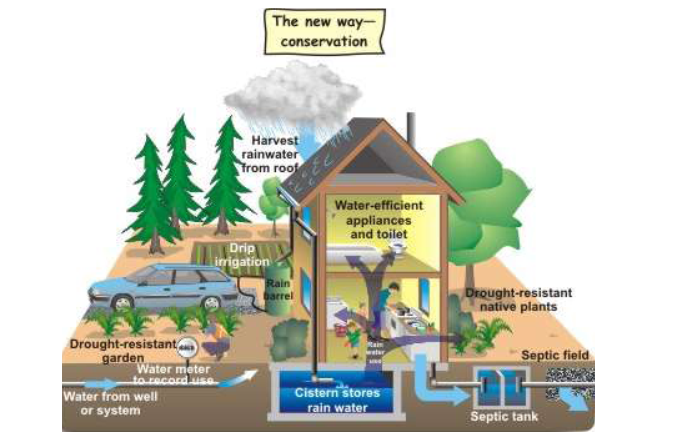
IMPROVING THE QUALITY OF WATER
- Bacteria and Parasites cause amoebic dysentery. Boiling water is the most common method, which kills all bacteria and parasites.
- Pesticides are not biodegradable and so they reach human bodies through the water. it can be removed by distillation.
- Soil and water are contaminated with hydrocarbons by oil spills, leaking petrol and diesel tanks, and cleaning fluids that are flushed down the drain. Checking contamination is the best way.
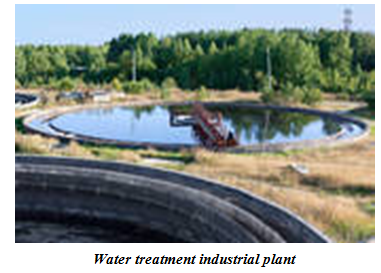
- Lead is very dangerous to the nervous system and needs to be replaced.
- Hard water creates problems for irrigation, and iron contamination, and hard water creates problems for industries and electricity generation. Like human, animals and poultry need water free of microbes and lead contamination.
🔥 Trending Blogs
Talk to a counsellorHave doubts? Our support team will be happy to assist you!

Check out these Related Articles
Free Learning Resources
PW Books
Notes (Class 10-12)
PW Study Materials
Notes (Class 6-9)
Ncert Solutions
Govt Exams
Class 6th to 12th Online Courses
Govt Job Exams Courses
UPSC Coaching
Defence Exam Coaching
Gate Exam Coaching
Other Exams
Know about Physics Wallah
Physics Wallah is an Indian edtech platform that provides accessible & comprehensive learning experiences to students from Class 6th to postgraduate level. We also provide extensive NCERT solutions, sample paper, NEET, JEE Mains, BITSAT previous year papers & more such resources to students. Physics Wallah also caters to over 3.5 million registered students and over 78 lakh+ Youtube subscribers with 4.8 rating on its app.
We Stand Out because
We provide students with intensive courses with India’s qualified & experienced faculties & mentors. PW strives to make the learning experience comprehensive and accessible for students of all sections of society. We believe in empowering every single student who couldn't dream of a good career in engineering and medical field earlier.
Our Key Focus Areas
Physics Wallah's main focus is to make the learning experience as economical as possible for all students. With our affordable courses like Lakshya, Udaan and Arjuna and many others, we have been able to provide a platform for lakhs of aspirants. From providing Chemistry, Maths, Physics formula to giving e-books of eminent authors like RD Sharma, RS Aggarwal and Lakhmir Singh, PW focuses on every single student's need for preparation.
What Makes Us Different
Physics Wallah strives to develop a comprehensive pedagogical structure for students, where they get a state-of-the-art learning experience with study material and resources. Apart from catering students preparing for JEE Mains and NEET, PW also provides study material for each state board like Uttar Pradesh, Bihar, and others
Copyright © 2025 Physicswallah Limited All rights reserved.

